Today, Thursday 18 Dhul Hijjah, Shia Muslims around the world are celebrating an occasion of vital importance to them. Eid al-Ghadir is named after the event in which Shias believe that Ali ibn Abi Talib, the cousin of Prophet Muhammad, was appointed as the religious authority and leader after the Prophet by Allah.
However, despite it being named the Greatest Eid and the most festive of all, it has a bitter side for the people of Karbala.
1200 years after the event, a large group of about 12,000 Wahhabis marched north from Saudi Arabia towards Karbala with the aim of destroying the two holy shrines. They massacred thousands of innocent civilians and seized large quantities of donated loots including gold, Persian rugs, money, pearls, and guns that had been safeguarded in the holy shrines.
The attack lasted for eight hours, after which the Wahhabis left the city with more than 4,000 camels carrying their plunder.
According to an eye-witnesses account, J.B. Rousseau in his Description du Pachalik du Baghdad Suivie d’une Notice Historique sur les Wahabis (Paris, 1809), the events that transpired were as follows: “We have recently seen a horrible example of the Wahhabis’ cruel fanaticism in the terrible fate of the mosque of Imam Hussein. Incredible wealth was known to have accumulated in that town. For centuries, the mosque of Imam Hussain was known to have received donations of silver, gold, jewels, a great amount of rarities. Everybody knew that the most part of the rich spoils that Nadir Shah had brought back from his Indian campaign had been transferred to the mosques of Imam Hussein and Imam Ali together with his own wealth. Now, the enormous wealth that has accumulated in the former has been exciting the Wahhabis’ avidity for some time. They have been continuously dreaming of looting that town [Karbala] and were so sure of success that their creditors fixed the debt payment to the happy day when their hopes would come true. That day came at last…12,000 Wahhabis suddenly attacked the mosque of Imam Hussein; after seizing more spoils than they had ever seized after their greatest victories, they put everything to fire and sword…The elderly, women, and children—everybody died by the barbarians’ sword. Besides, it is said that whenever they saw a pregnant woman, they disembowelled her and left the fetus on the mother’s bleeding corpse. Their cruelty could not be satisfied, they did not cease their murders and blood flowed like water. As a result of the bloody catastrophe, more than 4000 people perished. The Wahhabis carried off their plunder on the backs of 4000 camels. After the plunder and murders, they destroyed the Imam’s shrine and converted it into a trench of abomination and blood. They inflicted the greatest damage on the minarets and the domes, believing those structures were made of gold bricks.” [Rosseau, Description, pp. 74–75] So every year on this day, Muslims should celebrate this auspicious occasion while at the same remembering this vicious attack, which claimed the lives of thousands.



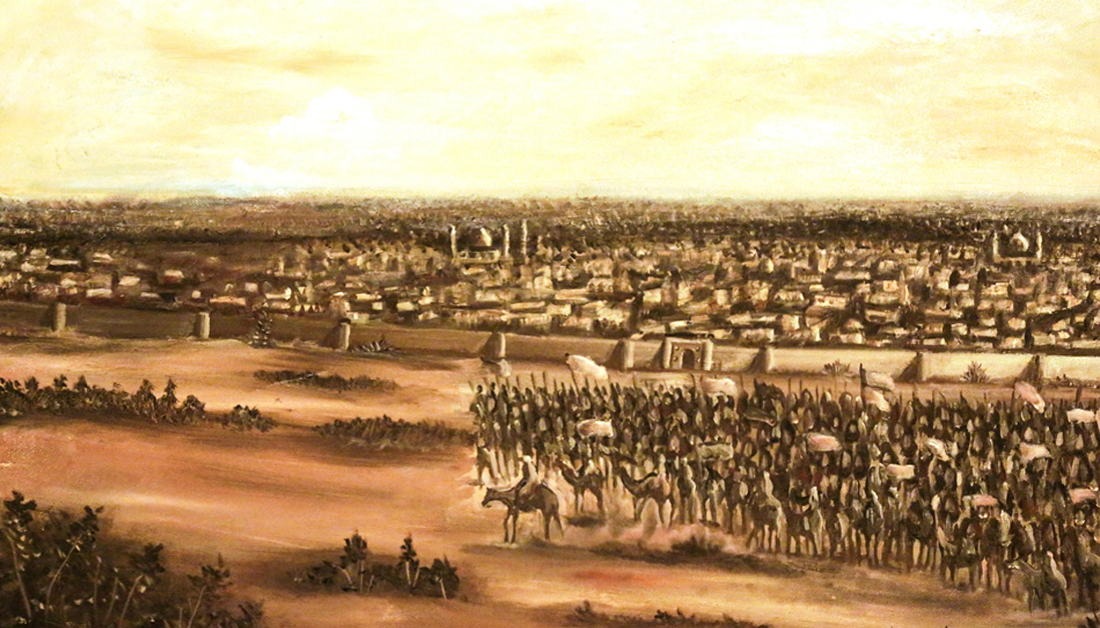
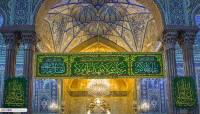
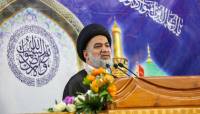



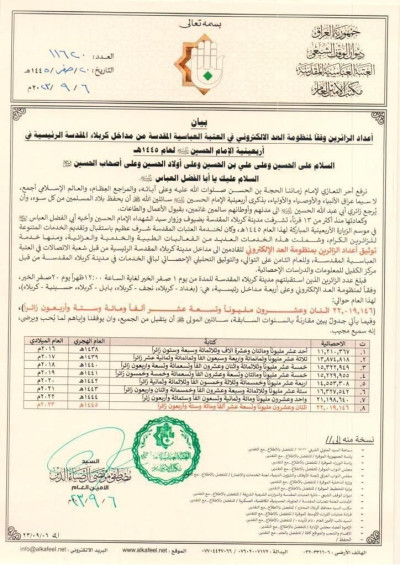
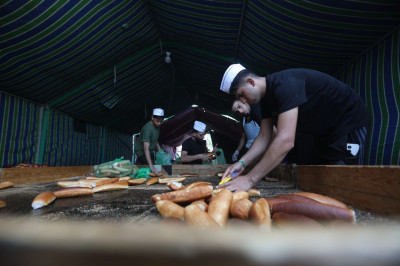

اترك تعليق